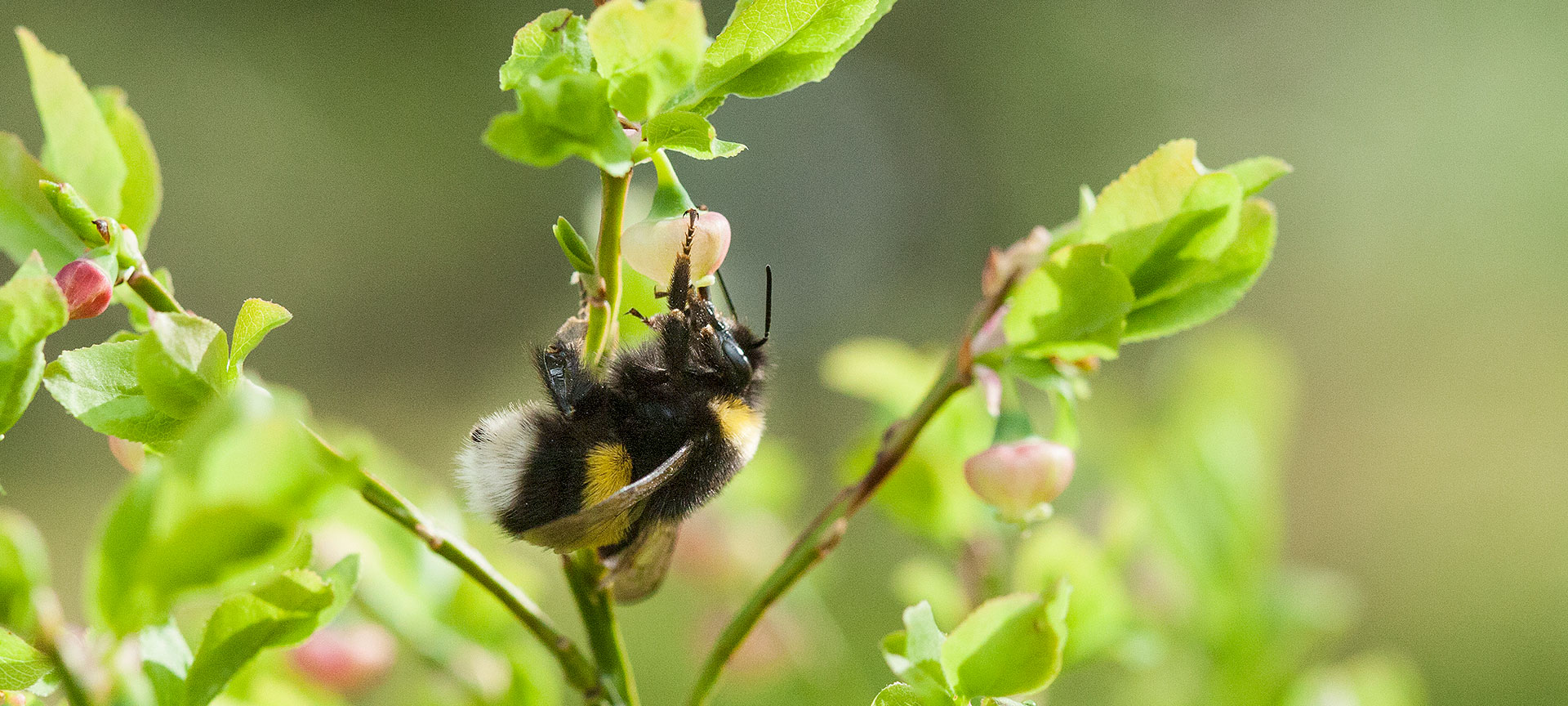Biodiversity loss is one of the biggest environmental, social and economic threats of our age. Luke’s research focuses mainly on forest biodiversity and factors influencing the distribution of endangered species in forests. Moreover, our work contributes to maintaining the diversity in mires and peatlands, agricultural fields and aquatic environments.
Luke’s long-term studies on silvicultural methods in commercial forests form a solid base for consersation efforts. Research suggests that methods which emulate natural disturbances and natural development of forests provide more habitats for species in forests. Management of uneven-aged forest stands is only one example of possible solutions. This type of silviculture in not only beneficial to species living in the forest or people’s recreation, on suitable sites it can also provide as much revenue as what would be achieved with even-aged forest management.
Forest and peatland restoration
Forest restoration is an active conservation measure that safeguards and promotes biodiversity. Luke’s experiments compare the effectiveness of various forest restoration measures on the function and structure of forest ecosystems. The research provides information on the changes in stand structure, decomposition processes of burned and decaying wood, and the influence of these factors on the species distribution. The information can be utilized both in protected areas and in commercial forests.
Luke’s research on peatland restoration covers field experiments which investigate the development of species diversity, greenhouse gas emissions and hydrology after rewetting measures. Results are utilized in state-of-the-art modelling studies which predict the future impacts of restoration on peatland ecosystems and optimize restoration to sites where they are best suited in terms of biodiversity, greenhouse gas balances and nutrient loading. A large-scale EU-funded project LIFEPeatLandUse produced information on various alternative uses for the low-productive drained peatlands, and their environmental and economic impacts.
Biodiversity needs to be part of land use schemes
Luke develops methods to merge biodiversity values into multiple land use scheme. Information on biodiversity values is merged with people’s activities and land use preferences, and with regional land use planning schemes, to locate areas where development can be carried out in a sustainable manner. Tools, such as Yoda multicriteria tool and Forest Indicator, are developed to help decision making and to visualize trade-offs of between biodiversity and ecosystem services.
Luke also has a statutory responsibility to maintain genetic resources and to conduct research relating to genetic resources used in primary production. Material in conservation programmes is valuable as such, but it also contributes to maintaining biodiversity and serves breeding and genetic research.

